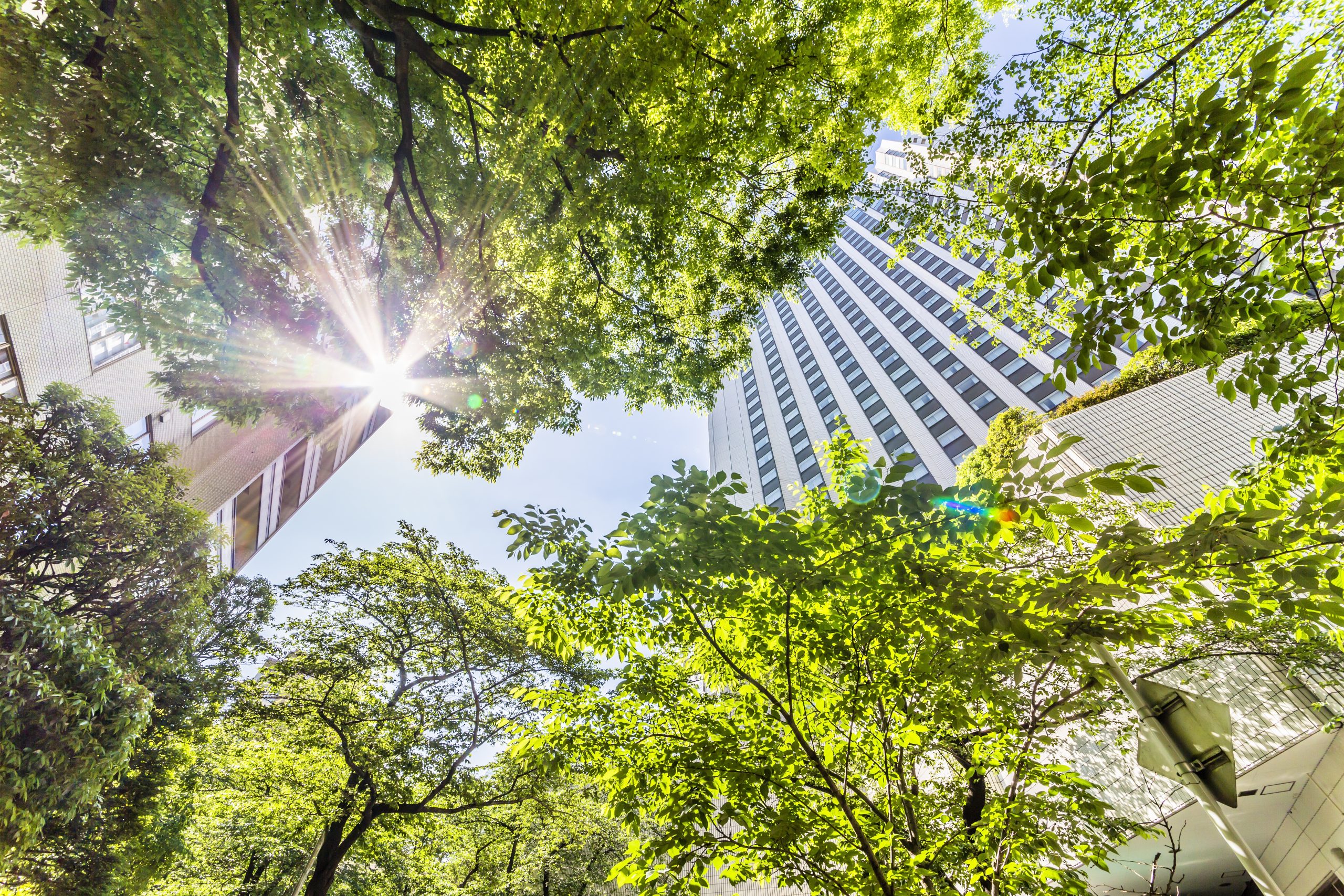
The Green Gap: An exploration of socioeconomic disparities in Urban Green Spaces in four international cities, Auckland, Taipei, Hong Kong and Rotterdam.
The Research problem
Urban green spaces, while seemingly public amenities, often disproportionately benefit affluent communities, leaving disadvantaged groups with fewer and lower-quality options. This unequal distribution has a particularly adverse impact on vulnerable populations. Additionally, it is further complicated by the phenomenon of ‘green gentrification,’ where attempts to improve environmental quality paradoxically displace the very individuals they intend to benefit.
Furthermore, such disparities often serve as indicators of social injustice and inequality. Despite a broad body of literature on park accessibility and equity; gaps remain in our understanding of the actual utilisation of local park amenities. Challenging the prevailing assumption, this project posits that proximity to parks does not automatically translate to higher usage rates, highlighting that equal access does not necessarily equate to equal use.
Research Design
To delve deeper into this issue, our project seeks to explore beyond these spatial metrics. We aim to evaluate the actual visits to these spaces, expanding the conversation from spatial equality to broader social justice issues and how people of different socioeconomic backgrounds interact with these green spaces. For this purpose, we will utilise geolocated mobile phone data to establish direct links between individuals’ ‘home’ locations and the parks they visit. Due to its high temporal and spatial granularity, mobile phone data will yield innovative indicators of actual park utilisation, enriching traditional metrics and offering a more nuanced perspective.
In this research, we will examine urban contexts that are geographically diverse, spanning from Europe to Asia and Oceania. These include high-density cities like Hong Kong and lower-density cities like Auckland, offering distinct perspectives due to differences in population density, cultural norms, governance models, and economic factors. This international scope offers opportunities for a comparative analysis that examines governmental, social, and financial inequalities in access to green spaces.
Project Objectives
The ultimate goal of our project is to enhance understanding of urban green space utilisation, particularly examining how different socioeconomic groups access and use these spaces. Moving beyond theoretical access to parks, we focus on actual usage patterns. This involves a comparative analysis of various urban contexts, to understand how urban density, cultural norms, governance, and economic factors impact green space utilisation. The objective is to provide insights that can inform policymakers and urban planners, leading to more equitable urban green spaces.
Lastly, the Worldwide Universities Network (WUN) plays a crucial role in enabling us to leverage a global network for international collaboration. It offers opportunities for knowledge exchange, thereby enhancing the reach and impact of our findings and enabling a comprehensive and effective exploration of the project’s themes.
